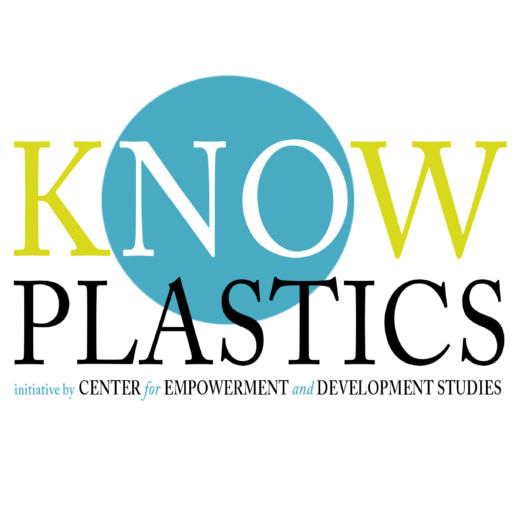Plastic pollution is a huge problem and it’s a fundamental change in thinking about how plastics are made, used, and discarded new facts are as follows. This is the truth about recycling, just because a product contains the symbol, it’s not certain that it will be recycled, especially when we’re talking about plastic, we know its behavior, it is non-biodegradable.
Problems related to plastics
Nearly, 8-9 billion tons of plastic have been produced since the 1950s, and more than 400 million tons are now made each year.
Alternatively, recycling has been mainstream for decades, and mechanical recycling works well for rigid plastics such as PET and mono materials, 10% of all plastic ever made has been recycled, actually at the best. It will take a universal effort to scale up and down the situations to resist the abundance of plastic pollution. And the only solution is to play a smart role over society because better recycling will play a role, as will reuse and improved waste collection. But changing the attention towards reducing the production of plastic is critical to each of these efforts.
Use sustainable materials for food packaging
Additionally, a major contributor to reducing plastic production is replacing it with alternative, more sustainable development strategies. Non-Woven, Paper and jute bags can be helpful. It has become almost a citizen’s responsibility to switch over to more eco-friendly lifestyles. One of the useful ways can be to do so by carrying more eco-friendly products. No doubt that society could help in preventing this by using Non-woven bags with paper and jute bags.
To grow more trees planting or growing trees improve the air quality by filtering harmful impurities from the environment. To Use sustainable materials for food packaging because it’s one of the major issues of the plastic-pollution food packaging is a case in point, where we use plastic so much, so we must replace these bags with sustainable and functional alternatives.
To initiate with the use of oxo-degradable materials these are conventional plastics have chemical additions that allow them to break down at a faster rate. They can leave behind microplastics, however, which accumulate in our oceans.


